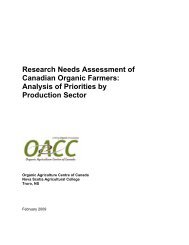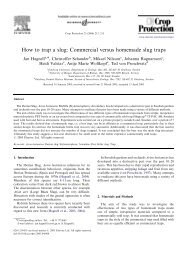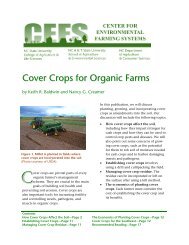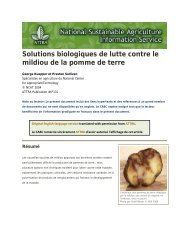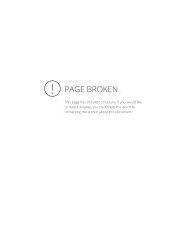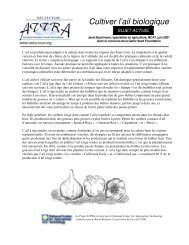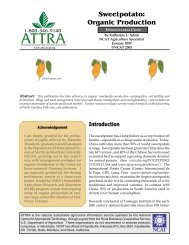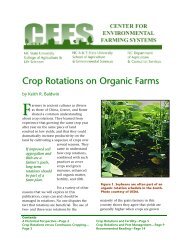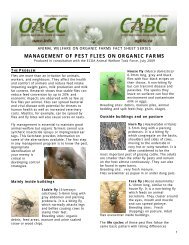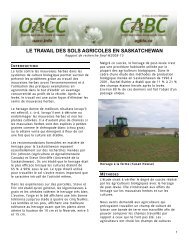Recommended Animal Handling Guidelines and Audit Guide
Recommended Animal Handling Guidelines and Audit Guide
Recommended Animal Handling Guidelines and Audit Guide
- No tags were found...
Create successful ePaper yourself
Turn your PDF publications into a flip-book with our unique Google optimized e-Paper software.
<strong>Recommended</strong> <strong>Animal</strong> <strong>H<strong>and</strong>ling</strong> <strong><strong>Guide</strong>lines</strong> <strong>and</strong> <strong>Audit</strong> <strong>Guide</strong> 2007 EditionExecutive Summary <strong>and</strong> Historical PerspectiveThe Humane Methods of Slaughter Act of 1958 was the first federal law governing the h<strong>and</strong>lingof livestock in meat plants. The 1958 law applied only to livestock that were slaughtered forsale to the government. In 1978, the Humane Methods of Slaughter Act was reauthorized <strong>and</strong>covered all livestock slaughtered in federally inspected meat plants. As a result of the Act,federal veterinarians are in meat packing plants continuously, monitoring compliance withhumane slaughter regulations. Additional guidance is found in the Code of FederalRegulations <strong>and</strong> in specific USDA regulations <strong>and</strong> notices.The AMI Foundation has a demonstrated commitment to voluntary animal h<strong>and</strong>ling programsthat go above <strong>and</strong> beyond regulatory requirements.In 1991, the American Meat Institute published <strong>Recommended</strong> <strong>Animal</strong> <strong>H<strong>and</strong>ling</strong> <strong><strong>Guide</strong>lines</strong>for Meat Packers, the first voluntary animal welfare guidelines for meat packing operations.Authored by Temple Gr<strong>and</strong>in, Ph.D., of Colorado State University, the illustrated guidelinesoffered detailed information about optimal h<strong>and</strong>ling of animals, how to troubleshoot animalh<strong>and</strong>ling problems in packing plants, how to stun animals effectively <strong>and</strong> maintain equipmentthoroughly <strong>and</strong> how to move non-ambulatory animals while minimizing stress. The guidelineswere implemented widely by members of the meat packing industry.In 1997, Dr. Gr<strong>and</strong>in developed a new document called Good Management Practices (GMPs)for <strong>Animal</strong> <strong>H<strong>and</strong>ling</strong> <strong>and</strong> Stunning. The new document detailed measurable, objective criteriathat could be used to evaluate the well-being of livestock in meat packing plants. Self-auditsusing the criteria were recommended in an effort to identify <strong>and</strong> address any problems <strong>and</strong>sustain continuous improvement. When the GMPs were developed <strong>and</strong> implemented, they wereenvisioned as a tool for use voluntarily by meat companies. In the years that followed, majorrestaurant chains began developing animal welfare committees <strong>and</strong> conducting audits of theirmeat suppliers. They utilized the AMIF Good Management Practices as their audit tool.Beginning in 1999, compliance with AMIF’s GMPs became part of many customerpurchasing specifications.AMI<strong>H<strong>and</strong>ling</strong>Slaughter<strong><strong>Guide</strong>lines</strong>07.1AMIJune 11, 2007



